The cycling industry has seen significant changes over the years, driven by both technological advancements and changing consumer behavior. Among these shifts, the rise of pop-up bike events has garnered attention as a potentially new way to engage consumers and elevate brand presence. But how effective are these temporary events in creating long-term connections with customers? Is the pop-up model here to stay, or is it just another fleeting trend in an ever-evolving marketing landscape?
In this article, we’ll explore the impact of pop-up bike events, their role in modern marketing strategies, and provide expert commentary on how effective they really are in reaching new audiences and promoting cycling brands.
Introduction: Pop-Up Events in the Cycling Industry
Pop-up events are temporary, short-term experiences that brands use to engage with consumers in a non-traditional way. These events are typically not held at fixed locations, which gives them a sense of exclusivity and urgency, and they often feature unique products, brand activations, or experiences designed to generate buzz. In the cycling world, these pop-up events range from brand activations at festivals and expos to small, intimate product launches or community-focused events held in unexpected locations.
The appeal of pop-up events is growing, as brands look for new ways to capture the attention of increasingly distracted consumers. These events provide an opportunity for companies to connect with their target audience in a fun, memorable, and impactful way. But with the rise of social media and online marketing, are they an effective substitute for more traditional advertising methods?
Examination of Temporary Cycling Events and Their Impact
The most notable feature of pop-up events is their temporary nature. A pop-up event is a short-term experience, often lasting for only a few days or even hours. This sense of urgency creates a fear of missing out (FOMO), which can increase attendance and social media buzz.
In the world of cycling, pop-up events have proven particularly effective when introducing new products, showcasing cutting-edge technology, or demonstrating a lifestyle associated with the sport. For example, many bike brands have started hosting pop-up demos where enthusiasts can test out the latest e-bikes, carbon-fiber frames, or tech-driven gear.
These events often take place at festivals, outdoor gatherings, or local events that attract cycling enthusiasts. For example, a popular city bike company may organize a pop-up experience at a large cycling festival or outdoor event to give attendees a chance to try out their products. The immediacy and excitement of these events can provide valuable feedback to manufacturers while creating an unforgettable brand experience for consumers.
From a marketing perspective, pop-up bike events allow brands to tap into a specific demographic that may not respond as strongly to traditional advertising channels. With many riders actively participating in the cycling community, these events create an immersive environment that lets people interact with the brand firsthand. Additionally, pop-up events often generate organic social media buzz, as attendees post about their experiences, share product reviews, and engage with event hashtags.
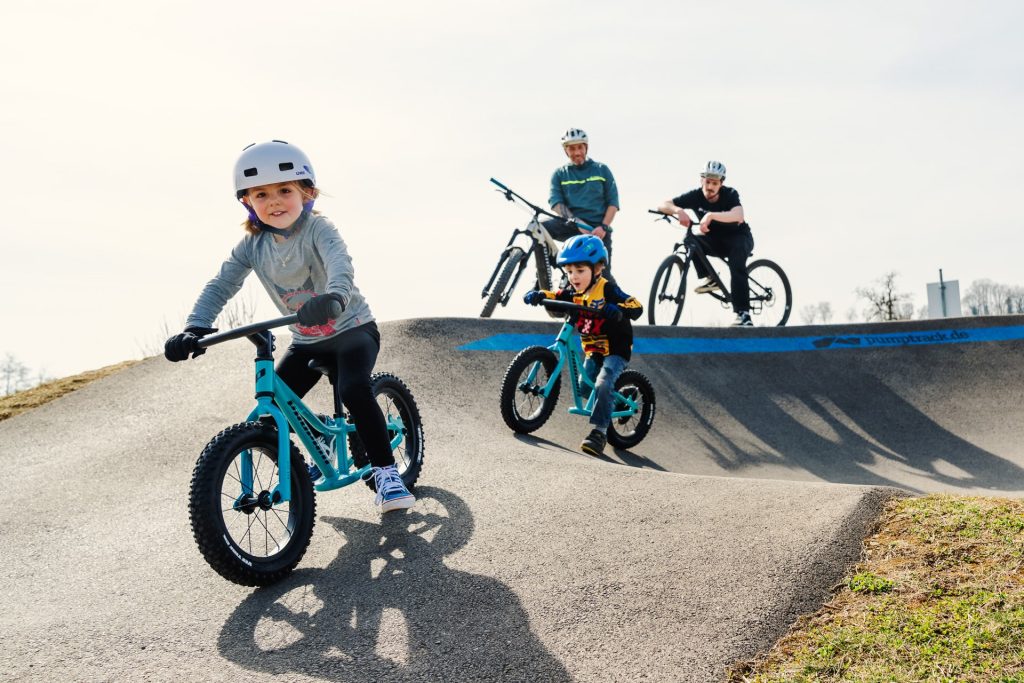
Expert Commentary on the Effectiveness of Pop-Up Events in Brand Promotion
To understand the potential of pop-up bike events, it’s important to hear from experts who have witnessed their rise firsthand. According to Chris Williams, a marketing expert specializing in the outdoor and cycling industries, “Pop-up events offer something traditional marketing cannot: a direct, personal connection with the consumer.” He explains that these events allow companies to engage with customers in an interactive and authentic way, often leading to stronger brand loyalty and greater consumer trust.
However, it’s also important to consider that not all pop-up events are created equal. “While these events can generate excitement and exposure, they require a level of planning and execution that most brands aren’t prepared for,” Williams adds. “It’s not just about setting up a tent and hoping people show up—it’s about creating an experience that feels exclusive and valuable to attendees.”
He also emphasizes the role of location in the success of a pop-up event. “Choosing the right venue or event is crucial. Brands need to tap into a space where their target audience already congregates, whether that’s a well-established cycling festival, a trendy neighborhood, or an urban biking hub. Being in the right place at the right time can dramatically increase a brand’s exposure.”
Pop-up events in the cycling industry are also gaining attention for their ability to highlight sustainability. For example, many pop-up bike events now feature eco-friendly brands, promote sustainable biking practices, and encourage the use of green transportation methods. “Consumers are increasingly attracted to brands that prioritize sustainability,” notes Sarah Henderson, an eco-conscious cycling influencer. “Pop-up events that focus on green initiatives are tapping into a growing desire among cyclists to make a positive impact on the environment.”
However, as effective as pop-up events may be in engaging customers, they come with challenges. The time-sensitive nature of these events means they require significant upfront planning and investment. The success of these events also hinges on how well they resonate with attendees, and if the brand can convert that enthusiasm into lasting customer loyalty. Without the right strategy, the buzz generated from a pop-up event may quickly fizzle out.
Expert Analysis of the ROI of Pop-Up Bike Events
As with any marketing tactic, understanding the return on investment (ROI) of pop-up events is essential for cycling brands. ROI in pop-up events can be difficult to measure, as the metrics are often based on more intangible results, such as brand awareness, customer sentiment, and social media engagement. Yet, experts argue that these events are becoming increasingly measurable with the help of digital tools.
“One of the key benefits of a pop-up event is its ability to capture immediate customer feedback, which can be analyzed in real time,” says Laura Martin, a digital marketing expert for outdoor brands. “With the integration of social media and apps, brands can gauge customer satisfaction and participation levels through likes, shares, and even location-based check-ins.”
Additionally, pop-up events can help brands foster long-term relationships with their audience. “The success of these events should be measured not only by the immediate sales spike but also by the long-term increase in brand loyalty,” Martin adds. By interacting with customers directly, brands build a stronger emotional connection, which can drive repeat business and customer advocacy.
While traditional forms of advertising, such as television or print ads, have seen a decline in effectiveness, pop-up events are a more dynamic way to engage consumers. They offer real-time interaction, allowing brands to test products, gauge reactions, and tweak their marketing strategies as they go.
Conclusion: The Future of Pop-Up Bike Events
As the cycling industry continues to innovate and adapt to changing market demands, pop-up events appear to be here to stay. These temporary gatherings provide a unique platform for brands to showcase their products, create memorable experiences, and build lasting connections with consumers.
The key to the success of pop-up bike events lies in their ability to offer something that consumers can’t get from traditional marketing campaigns: a direct, personal interaction with the brand. By creating engaging experiences, brands can generate buzz, increase awareness, and foster loyalty. For consumers, these events offer a chance to explore the latest products, meet like-minded individuals, and become part of a larger cycling community.
As brands continue to embrace experiential marketing, we can expect to see more and more pop-up bike events in the future. Whether they’ll evolve to become even more immersive or remain as part of a broader marketing mix remains to be seen, but one thing is clear—pop-up events are transforming how the cycling industry connects with its audience.

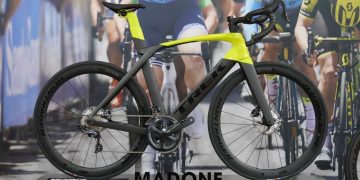
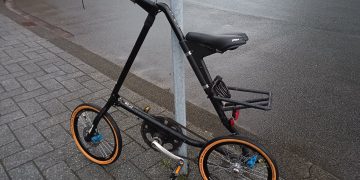
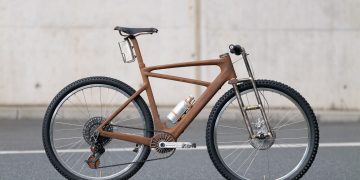

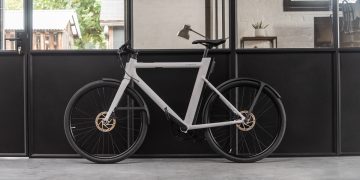
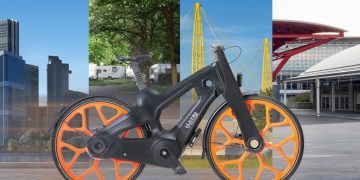

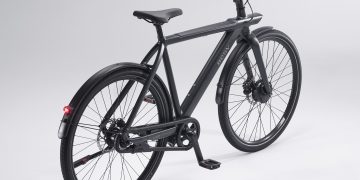




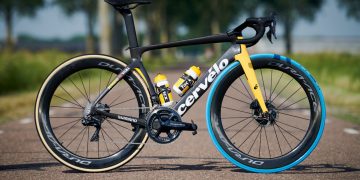
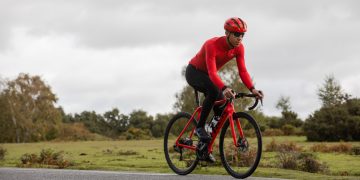





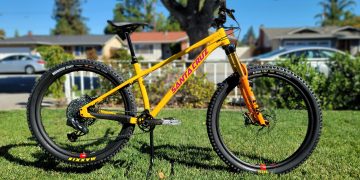
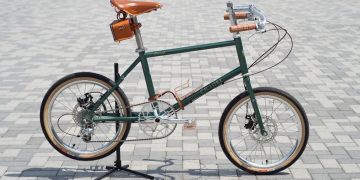
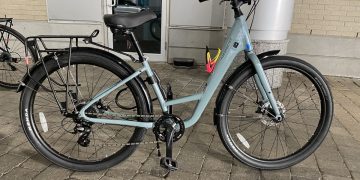



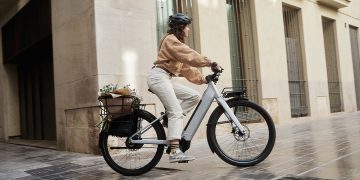










Discussion about this post